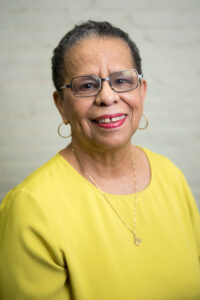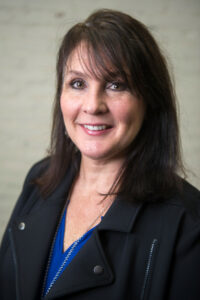“I’m not doing it right.”
“I don’t want to get in trouble.”
“Can you put that in writing?”
These are just a few of the phrases I hear from teachers each week when I work with them at their schools, providing support as they implement a new strategy in their classrooms. They want to try what they’re learning but there are roadblocks: they’re not confident; they don’t feel safe; they’re getting mixed messages.
And so, many are frozen, afraid to try something new.
There are dozens of reasons why. State tests loom, ever-ready to judge and humiliate teacher and student alike. If what you’ve been doing has reaped acceptable results, why change, especially when your salary depends upon it? In addition, teacher time is increasingly limited. Evolving standards require new learning and curriculum-writing for teachers. The emphasis on assessment eats up teacher instructional time faster than you can say Data Driven Decision-Making. And numerous initiatives, often rolled out simultaneously, leave teachers wondering what to prioritize, and how to fit it all in.
I google phrases such as, “helping teachers be risk-takers” and “getting teachers to trust their instincts,” hoping for some insight and maybe even some tips I can share. Instead I get loads of information on what teachers and other adults can do for kids. We have lots of ideas for motivating kids to take risks, but few for teachers who need to model this behavior for their students.
Taking risks and trying new ideas can lead to amazing learning and growth. We’ve all heard the expression, “Nothing ventured; nothing gained.” Think of scientists, inventors, artists. Imagine if Jonas Salk had never risked the polio vaccination trials? Regardless of profession, new learning can make things better, stronger, more efficient.
I don’t know a single teacher who hasn’t encouraged his or her students to take risks in their learning. We know how to build confidence in the child who won’t attempt reading the difficult word or solving the tricky division problem. As teachers, we also know the benefit of modeling for our students. We tell our students that we don’t know the answer, that we are trying something new and it might flop. They see us try something different, something scary. They see us fumble, succeed, or even fail. They see us reflect on the experience. And then they are more willing to try.
But the risk-taking goes beyond teachers, or course. For teachers to be willing to take risks, school and district leaders must develop a culture of safety. We can’t ask our teachers to try something new, and then criticize the way they are doing it. That’s not fair, and it leads to the types of comments I hear from teachers. This happens too often, and is why many teachers stick to the known, the status quo.
So the onus is on teachers to be brave, to try new things, to be willing to fail. But the onus is also on the administrator, to encourage risk-taking, to reward effort, to remove the fear of test scores and to help teachers identify what is most important. If we want our children to look at options, to take risks, to improve the world, we must support those who would teach them how.
John Shedd wrote, “A ship in harbor is safe, but that is not what ships are built for.” Teachers, let’s untie from the docks. Administrators, please provide fenders to cushion our bumps.







Leave a Reply